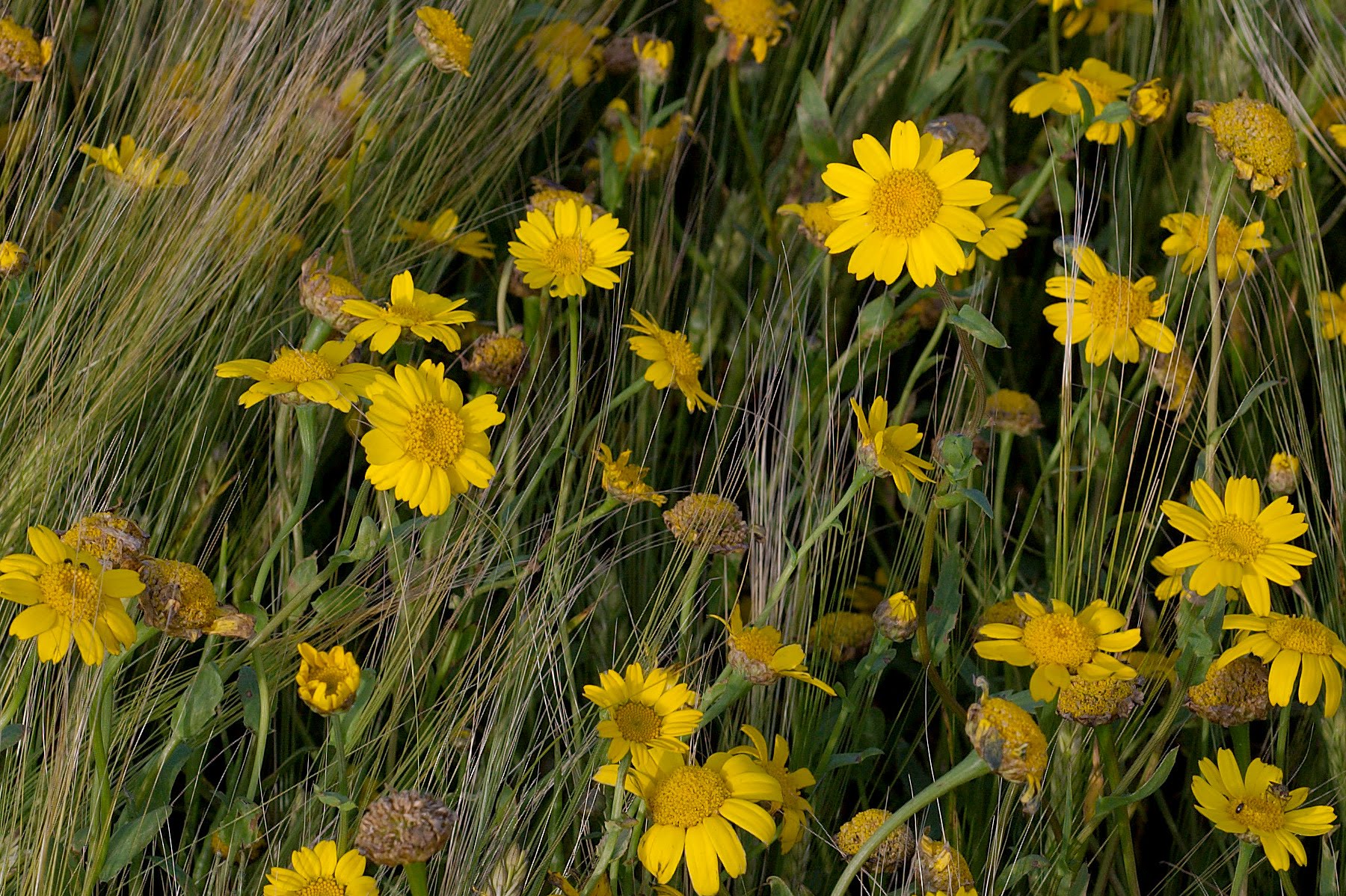
Biodiversity
Arable Plant Habitats
Cultivated habitats have been a widespread component of the British landscape for some 8000 years and a whole ecosystem of plants, birds, mammals and invertebrates has adapted to live in these habitats
However, arable habitats have been declining since the late 1800s, with these declines gathering momentum from the 1950s onward.
During this period, the breeding populations of farmland birds such as the Grey Partridge Perdix perdix, Lapwing Vanellus vanellus, Corn Bunting mberiza calandra, Turtle Dove Streptopelia turtur, Tree Sparrow Passer montanus and Yellowhammer Emberiza citrinella suffered dramatic declines. In fact, even the House Sparrow and Starling breeding populations have crashed by c.50-70% since the 1970s. The losses experienced by farmland birds were mirrored by similar declines in the flora associated with arable fields, with 30 of the 100 most rapidly declining plant species in the UK being plants associated with arable farming.
Changing agricultural practices and agricultural intensification have been responsible for these losses, notably changes in crop rotations, increased applications of herbicides and pesticides, improvements in seed-cleaning methods, the development of nitrogen responsive cereals and a related increase in nitrogen applications.
In Wales, the losses were less pronounced and small areas of species-rich arable land survived into the 21st Century. However, species-rich cereal fields in Wales are being lost at a greater rate than any other habitat: a trend that is being reflected throughout Europe.
In 2016, 392 holdings were growing cereals in Wales and 247,000 ha were under arable management. Only one of these holdings is protected: a Site of Special Scientific Interest (SSSI) of c.20 ha near Mwnt in Ceredigion. Away from this location, the situation is less clear and constantly changing, so we are particularly interested in receiving information on a) where to find the remaining species-rich arable fields in Wales and b) which of these fields are attracting bees, hoverflies and butterflies.